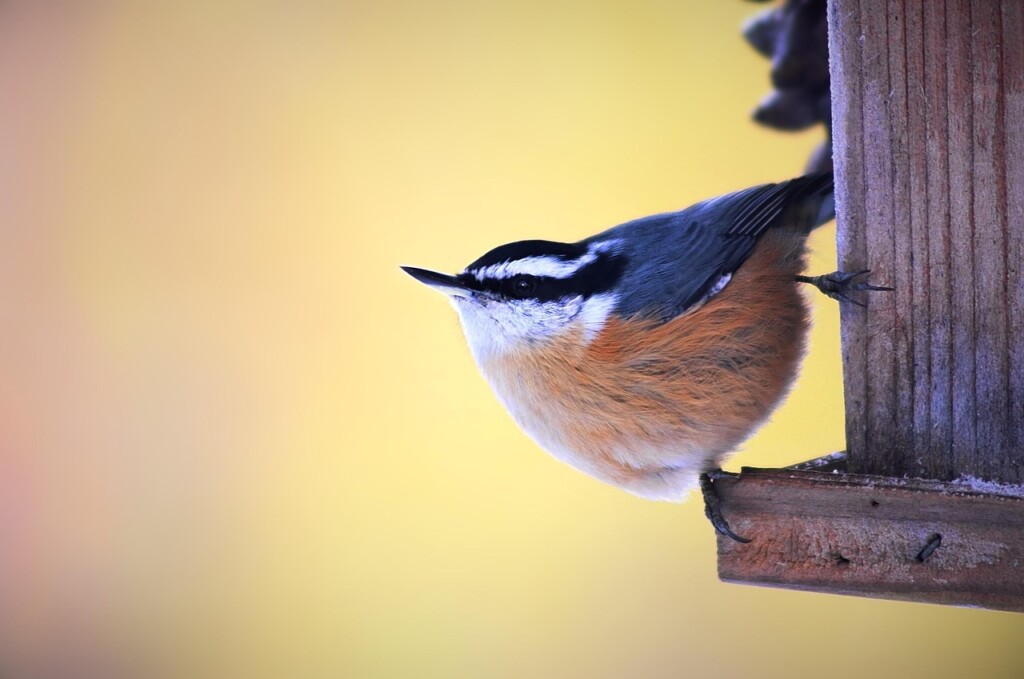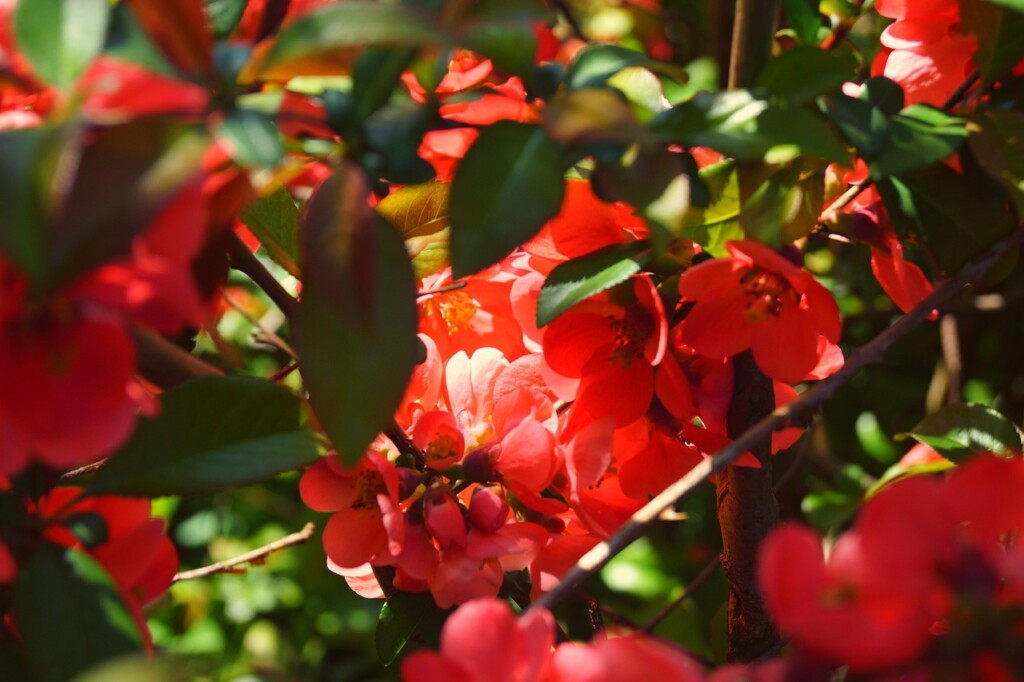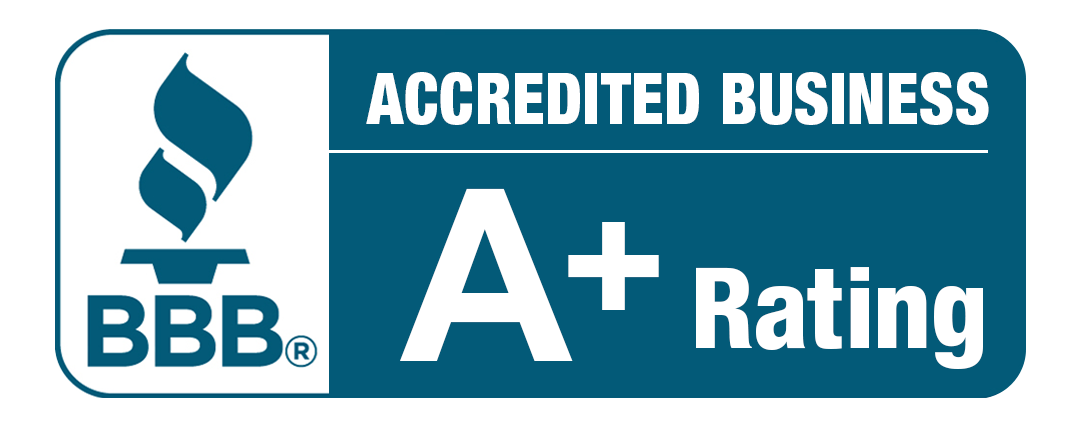With the hundreds of decisions to be made when building a custom home, you may not be thinking about how your lawn and garden will benefit the environment. However, promoting biodiversity in your Florida landscaping can transform your yard into a beautiful, vibrant ecosystem.
Florida’s warm climate and diverse native plant life make it an ideal setting for supporting local wildlife, from pollinators like bees and butterflies to birds, frogs, and other beneficial creatures. By creating a landscape that caters to the needs of different species, homeowners can help counteract the loss of natural habitats caused by urban development while enjoying the beauty and tranquility that wildlife brings.
One of the most effective ways to support biodiversity in your yard is by planting a variety of native flowers, shrubs, and trees that attract pollinators. Native plants are adapted to Florida’s unique climate and soil conditions, requiring less water and fertilizer than non-native species. They also provide food and shelter for local wildlife. Milkweed is crucial for monarch butterflies, and firebush, a magnet for hummingbirds and bees, is an excellent choice. By incorporating a range of plants that bloom at different times of the year, you can ensure a continuous food supply for pollinators throughout the seasons.
Creating designated pollinator gardens or “wild zones” where you let nature take the lead can significantly enhance the habitat value of your yard. Avoiding pesticides and herbicides in these areas is essential, as many chemicals are harmful to the insects you’re trying to attract. Remember, even a small patch of wildflowers can serve as a critical oasis for bees and butterflies in urban or suburban settings.
Another key aspect of biodiversity-friendly landscaping is providing water for wildlife. A simple birdbath or small pond can attract various animals, including birds and amphibians. You’ll want to ensure the water source is clean and regularly refreshed to prevent mosquito breeding and disease. If space allows, adding a small fountain or recirculating pump can keep the water moving and more appealing to animals. Shallow areas with rocks or sloping sides make it easier for insects and small animals to safely access the water.
Building these areas into your landscape design from the beginning allows your yard to grow up naturally into a beautiful oasis. Be sure to ask your custom builder about options for ponds or fountains.

Bird feeders and nesting boxes are also excellent additions to a biodiverse Florida landscape. They not only attract birds but also provide essential resources during times of food scarcity. When choosing bird feeders, opt for styles that accommodate different species—tube feeders for small songbirds, platform feeders for ground feeders, and suet feeders for woodpeckers and nuthatches.
Similarly, nesting boxes can support species like bluebirds and owls, especially if natural tree cavities are scarce in your area. Position boxes away from heavy traffic areas and predators for the best chance of success.
In addition to plants and structures, creating layers of vegetation—from ground covers to taller trees—mimics natural ecosystems and provides diverse habitats. Homeowners who choose to limit the amount of traditional lawn space can replace it with native groundcovers or wildflower meadows. They can use mulch and compost to enrich the soil naturally.
Ultimately, a biodiverse Florida yard is about balance and intention. By thoughtfully designing your landscape, you create a sustainable and beautiful environment that benefits both nature and people. As more homeowners take steps to support local ecosystems, even small yards can become powerful tools in preserving Florida’s incredible biodiversity.
Bruce Williams has built beautiful Florida homes in Manatee and Sarasota County for 60 years. Call today to learn more.
With the hundreds of decisions to be made when building a custom home, you may not be thinking about how your lawn and garden will benefit the environment. However, promoting biodiversity in your Florida landscaping can transform your yard into a beautiful, vibrant ecosystem.
Florida’s warm climate and diverse native plant life make it an ideal setting for supporting local wildlife, from pollinators like bees and butterflies to birds, frogs, and other beneficial creatures. By creating a landscape that caters to the needs of different species, homeowners can help counteract the loss of natural habitats caused by urban development while enjoying the beauty and tranquility that wildlife brings.
One of the most effective ways to support biodiversity in your yard is by planting a variety of native flowers, shrubs, and trees that attract pollinators. Native plants are adapted to Florida’s unique climate and soil conditions, requiring less water and fertilizer than non-native species. They also provide food and shelter for local wildlife. Milkweed is crucial for monarch butterflies, and firebush, a magnet for hummingbirds and bees, is an excellent choice. By incorporating a range of plants that bloom at different times of the year, you can ensure a continuous food supply for pollinators throughout the seasons.
Creating designated pollinator gardens or “wild zones” where you let nature take the lead can significantly enhance the habitat value of your yard. Avoiding pesticides and herbicides in these areas is essential, as many chemicals are harmful to the insects you’re trying to attract. Remember, even a small patch of wildflowers can serve as a critical oasis for bees and butterflies in urban or suburban settings.
Another key aspect of biodiversity-friendly landscaping is providing water for wildlife. A simple birdbath or small pond can attract various animals, including birds and amphibians. You’ll want to ensure the water source is clean and regularly refreshed to prevent mosquito breeding and disease. If space allows, adding a small fountain or recirculating pump can keep the water moving and more appealing to animals. Shallow areas with rocks or sloping sides make it easier for insects and small animals to safely access the water.
Building these areas into your landscape design from the beginning allows your yard to grow up naturally into a beautiful oasis. Be sure to ask your custom builder about options for ponds or fountains.

Bird feeders and nesting boxes are also excellent additions to a biodiverse Florida landscape. They not only attract birds but also provide essential resources during times of food scarcity. When choosing bird feeders, opt for styles that accommodate different species—tube feeders for small songbirds, platform feeders for ground feeders, and suet feeders for woodpeckers and nuthatches.
Similarly, nesting boxes can support species like bluebirds and owls, especially if natural tree cavities are scarce in your area. Position boxes away from heavy traffic areas and predators for the best chance of success.
In addition to plants and structures, creating layers of vegetation—from ground covers to taller trees—mimics natural ecosystems and provides diverse habitats. Homeowners who choose to limit the amount of traditional lawn space can replace it with native groundcovers or wildflower meadows. They can use mulch and compost to enrich the soil naturally.
Ultimately, a biodiverse Florida yard is about balance and intention. By thoughtfully designing your landscape, you create a sustainable and beautiful environment that benefits both nature and people. As more homeowners take steps to support local ecosystems, even small yards can become powerful tools in preserving Florida’s incredible biodiversity.
Bruce Williams has built beautiful Florida homes in Manatee and Sarasota County for 60 years. Call today to learn more.







